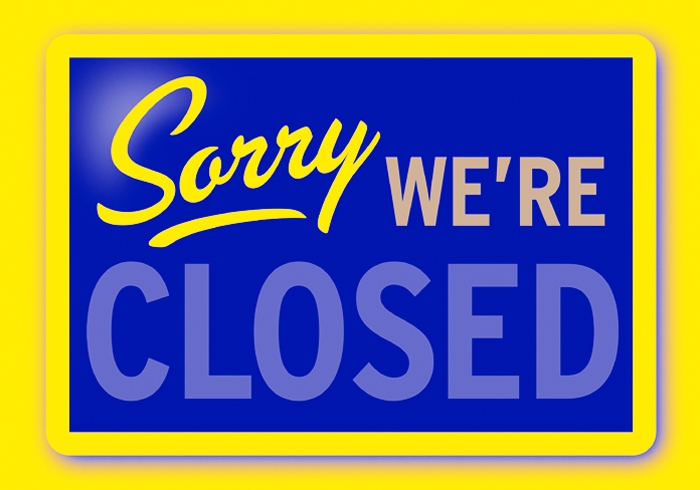Should we lament the demise of the midlist gallery? (I offer no criteria for definition here, only the presumption that readers of this magazine will immediately understand what I mean by ‘midlist’.) We should (lament, that is), but only if we believe that the spate of recent gallery closures, so breathlessly covered by the arts media, is a function of some ethical change in the marketplace. Note I say ethical here and not structural, because a structural change, which we may well be witnessing too, would have less to do with the agency of individuals in the marketplace than with external factors – such as technology, or demographics – which is to say, with history, and history isn’t ethical; it simply happens.
So an ethical change in the marketplace would entail some shift in how we believe things ought to be. The recent open letter written by Jean-Claude Freymond-Guth, on the occasion of the closing of Freymond-Guth Fine Arts in Basel, Switzerland, at the end of this past summer, is a signal example of how an ethical change – we could also call it an ‘excuse’ – is blamed for a failed business venture.
In his letter, Freymond-Guth decries the ‘alienation’ produced by the ‘ever growing demand’ of ‘global participation, production, and competition’. This is the ‘commercial reality’ that Freymond-Guth admits he failed to confront, allowing his decisions instead to be guided by an ‘idealistic vision’ ‘based on the belief in the value of sensation and reflection, a belief in creation and contextualization, a belief in collaboration and community’. If we can accept that such values are not incompatible with commercial reality (in fact, on the evidence, one must accept it; for every failed Freymond-Guth there are a number of midlist galleries successfully managing their affairs), then we are left to ask: should they have been?
One answer points to an ethics of the collectorate, essentially an ethics of the art consumer: how she should and should not conduct herself, what kinds of conversations she should have and what kinds of inquiries she should make (she should talk about intersectionalism, or how artists today are confronting the facts of migration; she should not talk about return on investment). Let’s call this buy-side ethics.
Another answer points to sell-side ethics. The most well known ethical commitment on this side is ‘pay your artists’ (whose payments are often first to be missed when cash flow is strained; always a good sign that closure is around the corner). Less well known are all of those other ethical commitments that come with running a good business: honouring agreements; paying your bills and debts, and maintaining cash flow; serving well your customers, clients and partners; and reinvesting some of whatever might be left over into the people and infrastructure that ensure one can continue to do all of these things more than once, and maybe even do them better.
just look around: not every mid-list gallery around the world is closing – it’s just work
‘Serving well your customers, clients, and partners’ may be justifiably called out as vague: what, after all, does it mean to serve these people well? The easiest answer is: ask them. What do your artists want and need? What do your collectors want and need? What do curators or critics or other advocates that are important to your business want and need? Then ask yourself how well can you balance the wants and needs of all these people with the mission of your business? Doing all of this may be difficult, but the doing is not mysterious, nor is it impossible – just look around; not every mid-list gallery around the world is closing – it’s just work.
Not balancing the needs of customers, clients and partners with the needs of one’s business lies at the core of why midlist galleries fail. This balancing act is commercial reality, and it does not, or, to use the ethical voice, should not oppose the values of ‘reflection’ and ‘creation’ and ‘community’ that, though ‘idealist’, may and often do serve the interests of commercial success.
When one digs a little deeper into stories of midlist closures, one rarely finds true buy-side ethical failures. Sales cycles can ebb and flow. It may seem like ‘someone turned the faucet off’ or that there’s a ‘lack of connoisseurship’, two excuses offered by Lisa Cooley when she closed her gallery on New York City’s Lower East Side (and both buy-side excuses), but more often than not it’s the sell-side that got out of balance, which can easily happen when gallerists decide to hire hip designers to kit out a few thousand new square feet of gallery space.
To paraphrase Harold Geneen, the only ethical failure in business is to run out of cash. Don’t lament the midlist closures that blame the buyers or the market. It’s just bad business.
From the October 2017 issue of ArtReview
